
Emissions Connect
Emissions management made easy. Supporting your journey through FuelEU, EU ETS, and beyond.

ALTERNATIVE FUELS INSIGHT (AFI)
Your open platform to evaluate the uptake of alternative fuels and technologies in the maritime industry.
Maritime

Emissions management made easy. Supporting your journey through FuelEU, EU ETS, and beyond.

Your open platform to evaluate the uptake of alternative fuels and technologies in the maritime industry.
Choosing the right maritime solutions helps you ensure regulatory compliance, enhance operational efficiency, and navigate the energy transition with confidence. DNV offers a complete portfolio of maritime services, customer tools, and training programmes tailored to every phase of your vessel’s lifecycle.
DNV delivers services and tools across the full spectrum of maritime operations – from ship and offshore classification to digital solutions, certification, advisory, and cyber security. Whether you are building new vessels, optimizing performance, or ensuring compliance, you will find the right solution for your vessel.
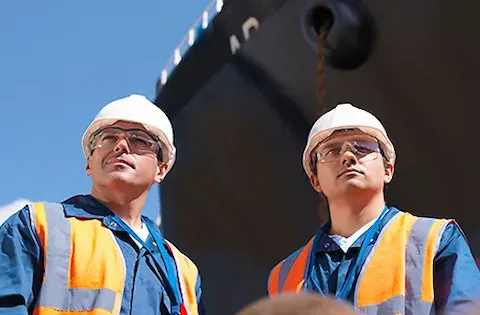
Verifying compliance for both newbuildings and ships in operation

Ensuring compliance and the safety of offshore units

Certification of materials, components and systems for ships and offshore units, manufacturers and service suppliers

Over 100 maritime administrations have authorized DNV to perform statutory services on their behalf, including MARPOL, SOLAS and Load Line surveys and ISM, ISPS and MLC, 2006 audits

Expert advisory support to realize the full potential of your operations and newbuilding projects

Tailored solutions for maritime cyber security addressing systems, software, procedures and human factors
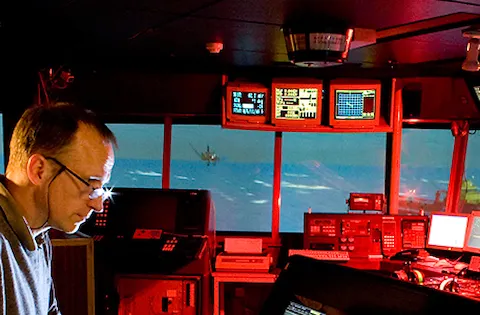
DNV SeaSkill™ standards raise the level of competence within your organization – on board and on land

Offering statutory services for ISM, ISPS and MLC, 2006 and a seamless service combining ISM and select ISO standards

Offering a broad range of services, including accredited management system certification
Use the search bar to find DNV’s services for the maritime sector. Can't find what you are looking for? Try our full site search for a broader range of results.
Already a customer? Log in to My Services on the Veracity data platform to manage your digital maritime services. The applications and software tools listed below are part of DNV’s digital maritime solutions. Visit the customer tools page to view the full suite of services.
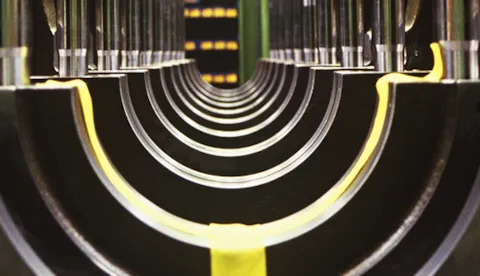
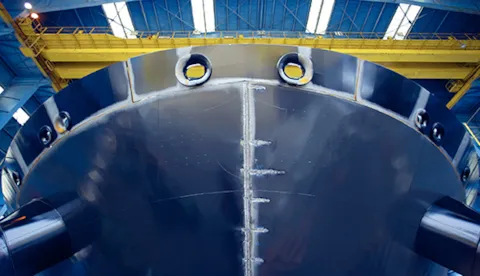
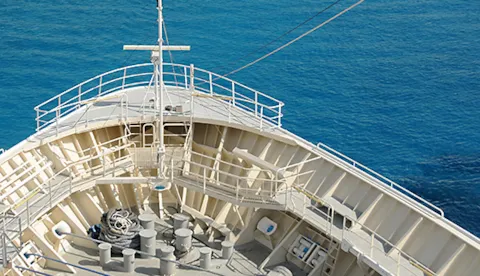
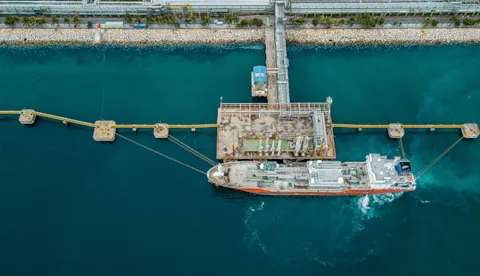
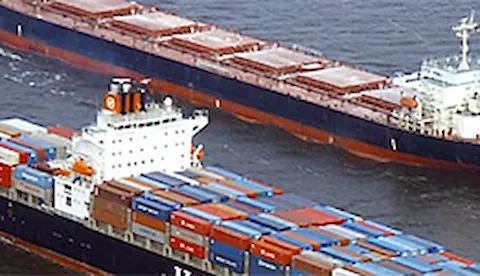


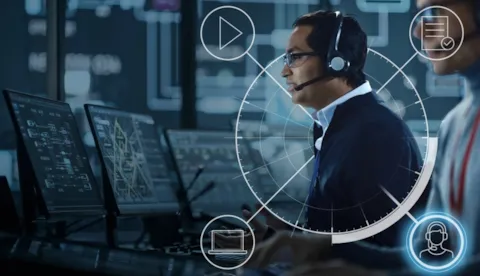
DNV’s Maritime Academy offers one of the broadest portfolios of training courses in the maritime industry, covering key topics such as safety, security, quality and incident investigation. Find a selection of our most popular maritime training services below or browse through our course catalogue.

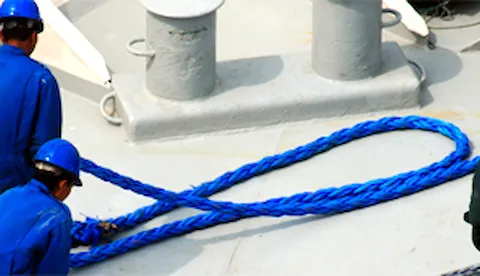

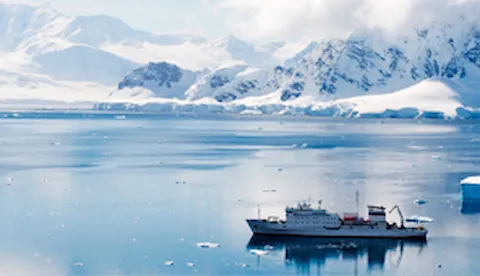


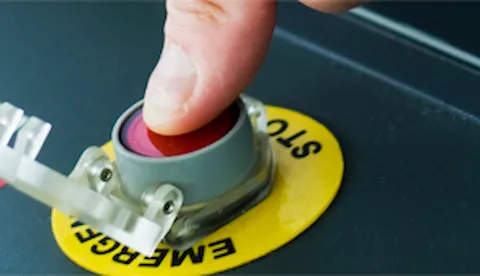
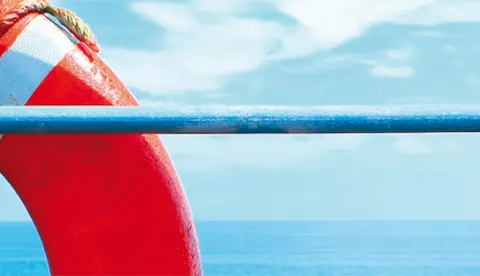
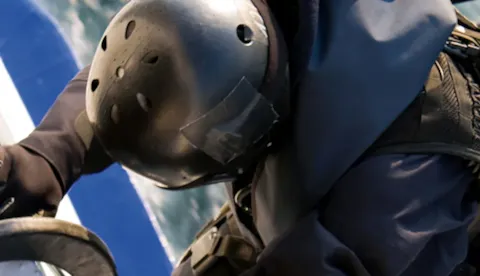
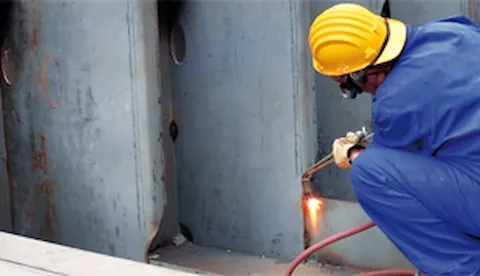
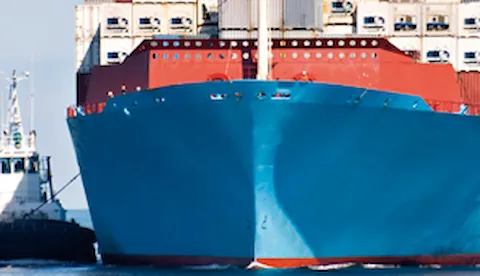
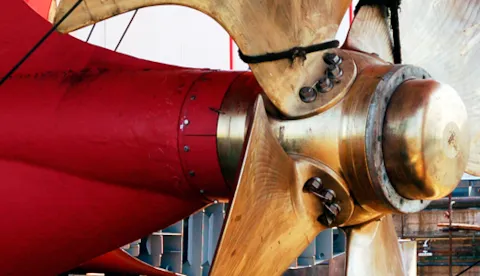
We work closely with customers on all aspects of vessel safety, regulatory compliance, efficiency and sustainable business results. Use the links below to find resources and services for your vessel or visit our vessel types page for a full overview.
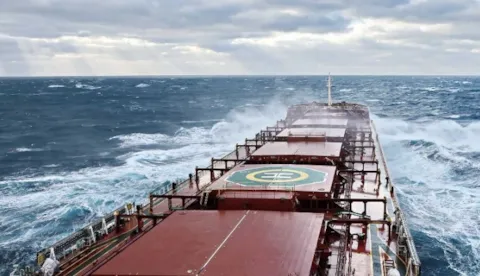
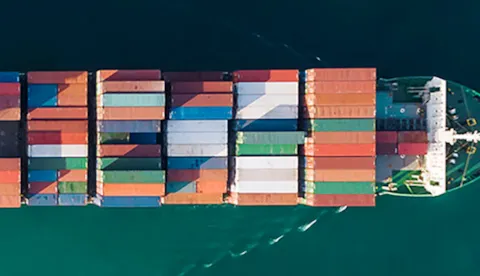
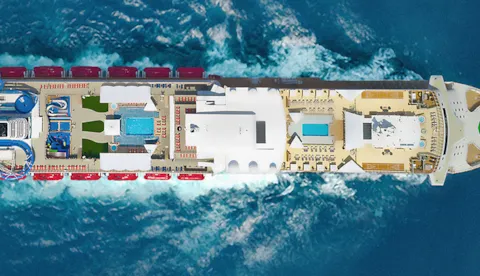
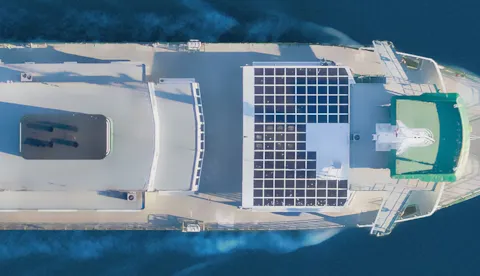
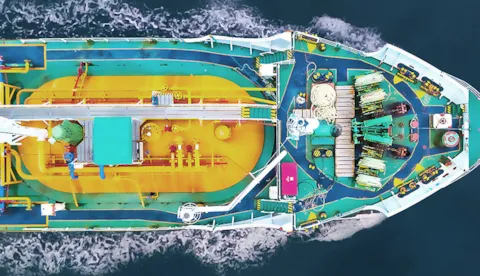
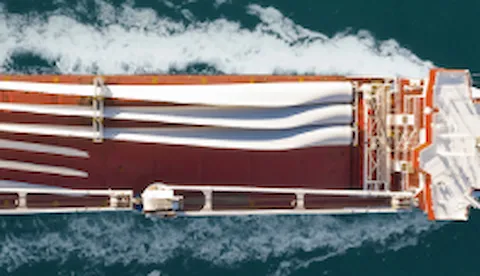
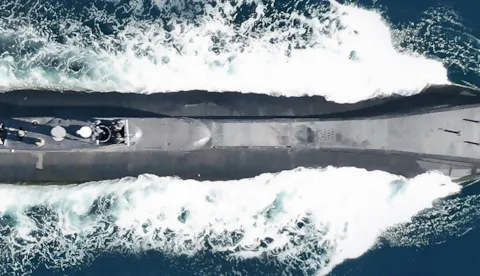
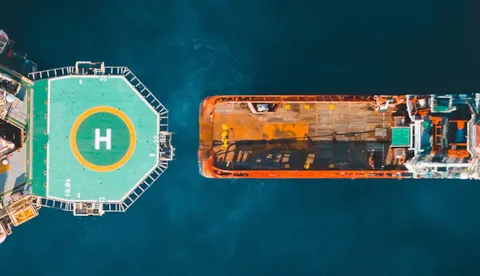
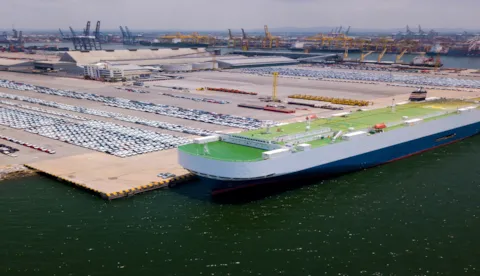
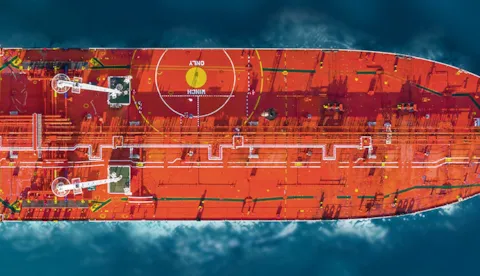
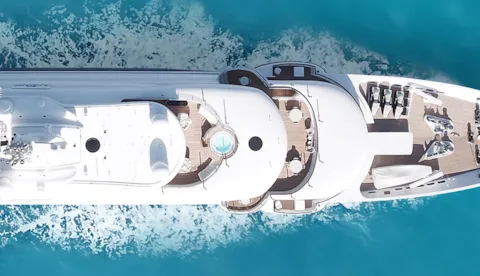
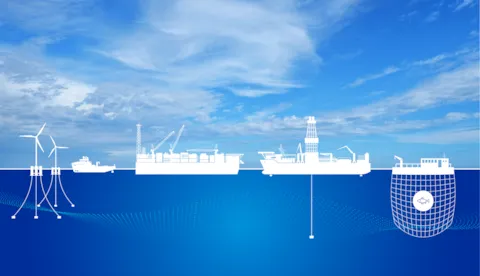
Veracity is an open and secure platform facilitating exchange of data sets, APIs, applications and insight.